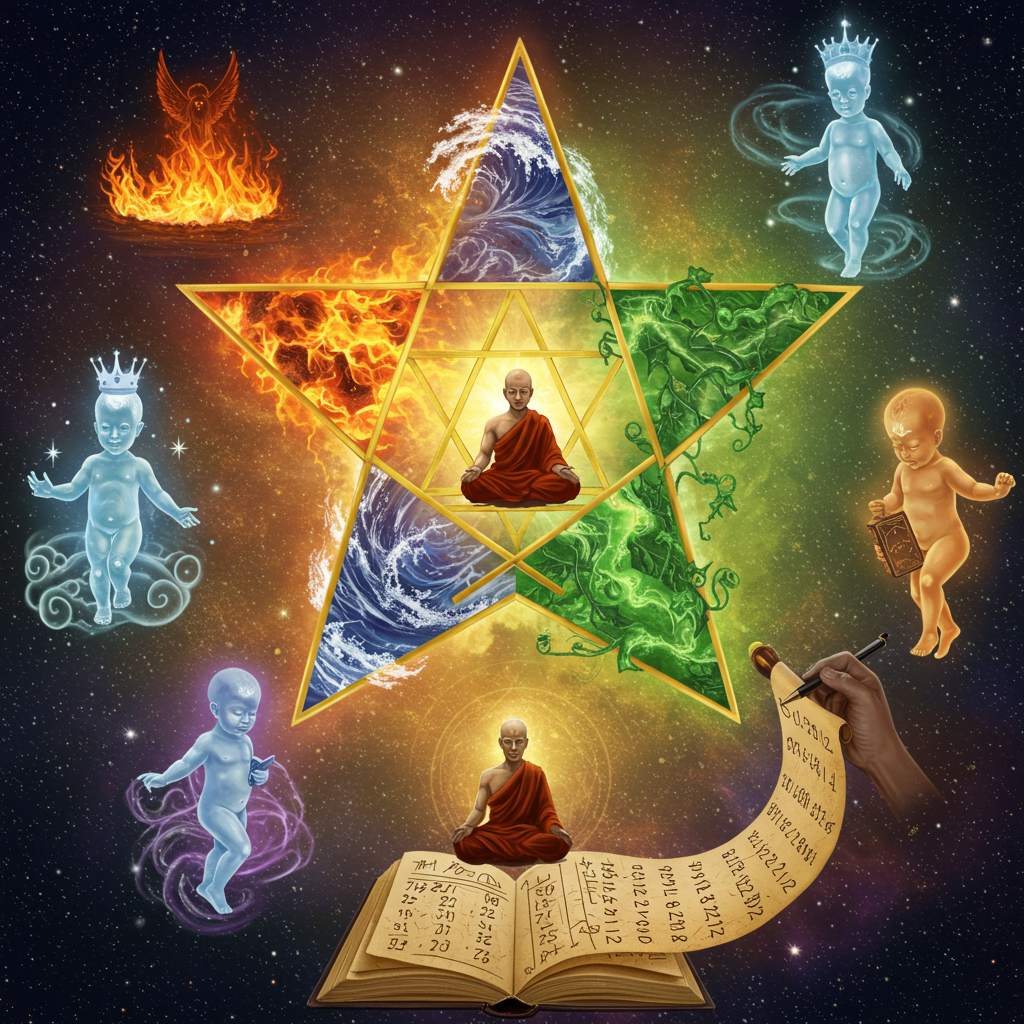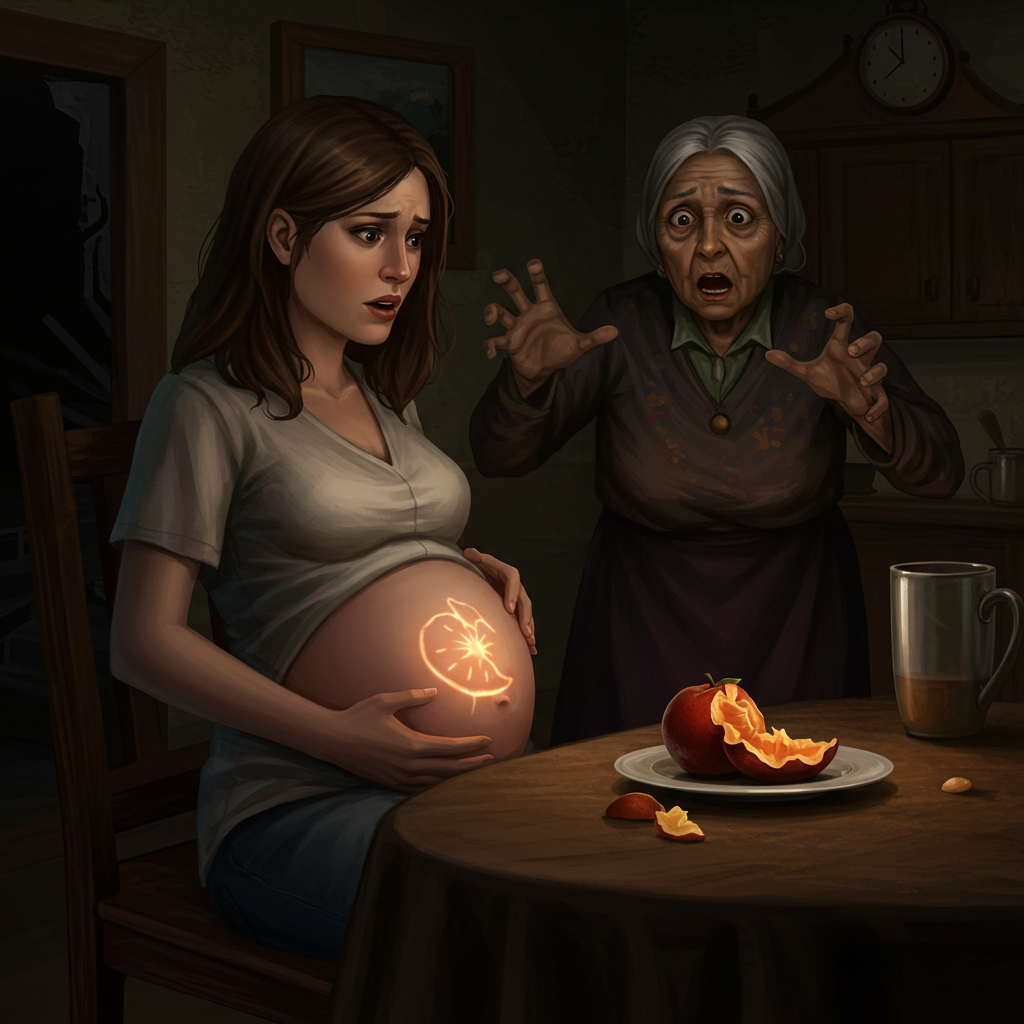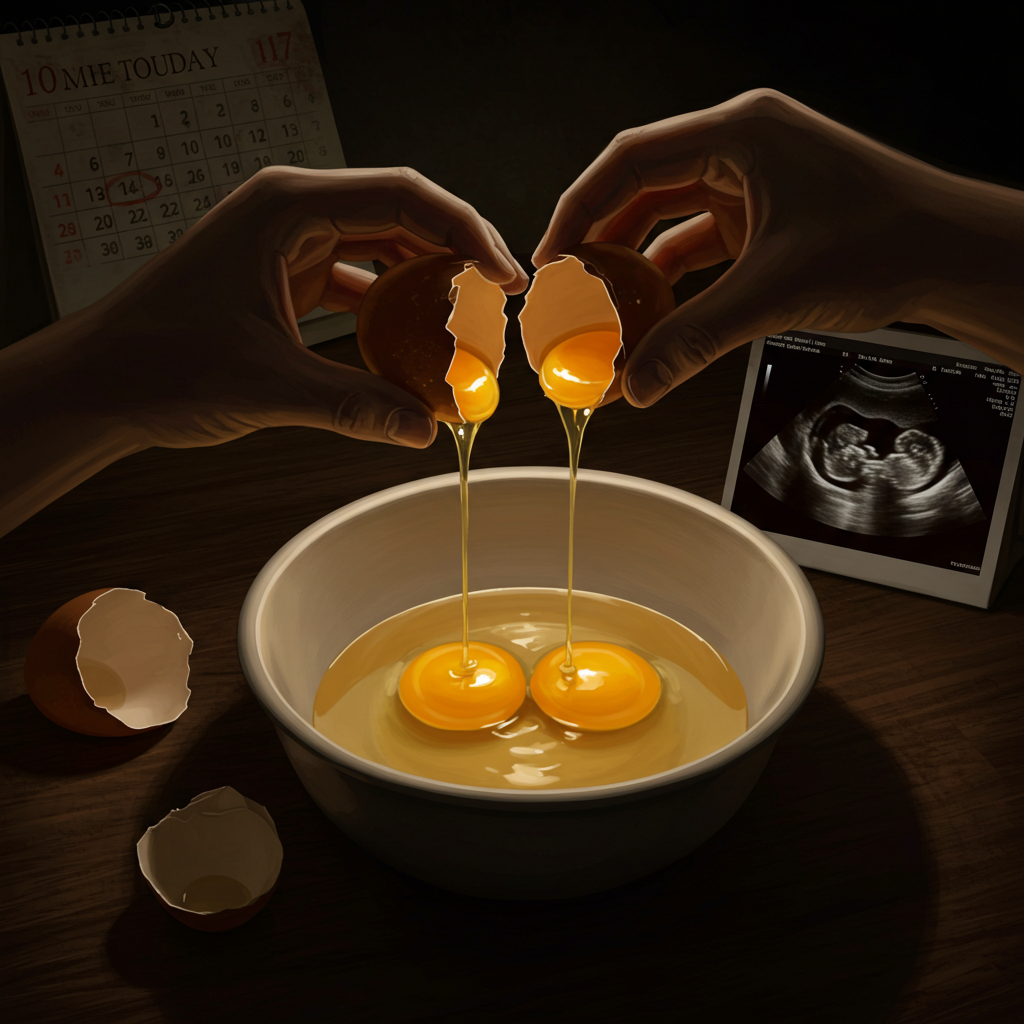According to widespread belief across multiple cultural traditions—particularly in Slavic, Roman, and broader European societies—holding a newborn above or carrying them across a threshold before formal rites or introductions invites spiritual or developmental harm. The doorway represents a powerful liminal space between the domestic interior and the unpredictable exterior world. Passing a baby across this boundary too early is thought to result in delayed milestones, increased susceptibility to illness, emotional or behavioral imbalances, or exposure to negative spiritual forces. This belief places significant emphasis on first-time boundary crossings and designates them as events requiring appropriate timing and ritual accompaniment.
Traditions often caution against crossing main doorways, especially without blessing or ceremony. Some interpretations specify increased risk for very young infants or situations where the child has not yet been named or baptized. In some communities, specialized rituals exist for a baby’s first exit through the home’s main entrance, and crossing the threshold may be done only after these rites to ensure protection and prosperity.









